How To Use Bale Grazing and Other Hay-Feeding Strategies To Build Soil Health and Improve Forage Production on Your Regenerative Ranch
Look for areas that are bare or underproducing. Then choose those spots for hay feeding to add nutrients to the soil.
In a regenerative mindset, oftentimes we think that one goal is to manage grazing in order to not use hay at all. Yet, just like any other tool that we have in our toolbox, hay feeding can be a useful strategy, especially if you’re trying to rebuild soil health in areas that are extremely deficient.
There are several reasons to bale graze while keeping a focus on soil health. Typically, where we’ve seen it work well is when, even though we probably would prefer to feed as little hay as possible, we use our grazing plan to pre-identify locations where bale grazing can do the most good for our soil health and forage production. Then, if and when inclement weather or other factors call for hay feeding, we know our spots in advance and can even pre-place the bales and fence them off until needed.
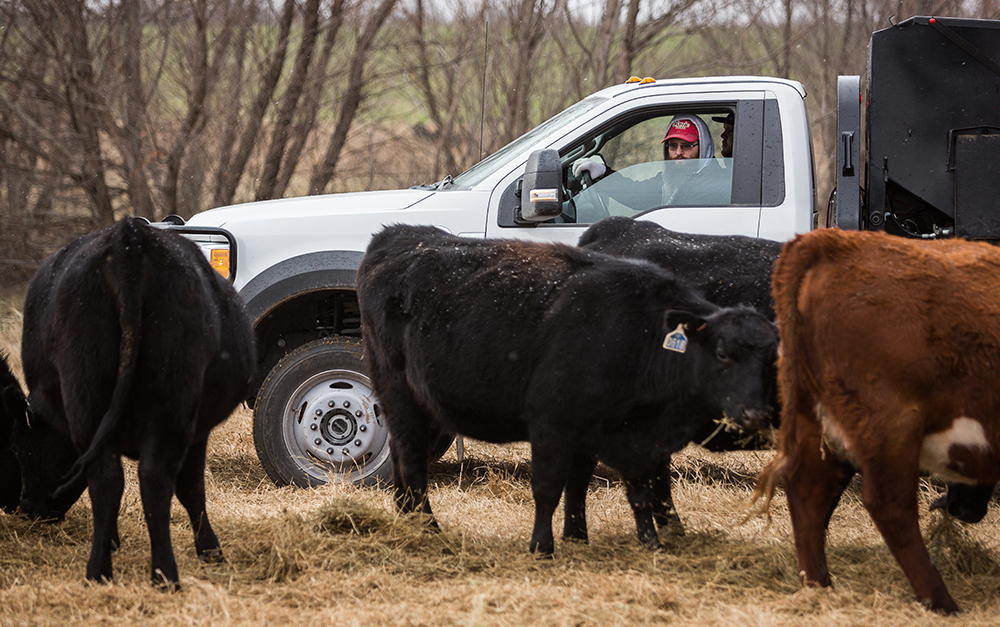
Choosing sites for bale grazing / hay feeding
What we’re typically looking for is a site that is low in nutrients and could use the organic matter and nutrients that would be deposited right there where the hay would be fed. Where you get your biggest bang for your buck is on sites that should be productive, but for whatever reason, they’ve been neglected or they are just so far depleted of nutrients that there’s not much production.
Another type of area to target, especially if you ranch where you could have wet conditions during the wintertime, would be a well-drained location, perhaps a sandy or rockier soil that would hold up better under those type of conditions. They may not be overly productive, but they tend to have more bare ground, and you know that they will hold the cattle up and let you get in and out of the area during wet spells. It works out nicely to build those areas up while you’re feeding your cattle.
If it’s a really dry year, we can use bale grazing to encourage animals to get out and utilize parts of pastures that normally would escape grazing, perhaps farther away from water, where the cattle don’t want to roam quite so far out during the growing season.
One more place to plan bale grazing is a location where you want to be able to keep a closer eye on bred heifers or growing animals that need higher nutrition and a little extra attention during inclement weather or less-than-optimal grazing conditions.
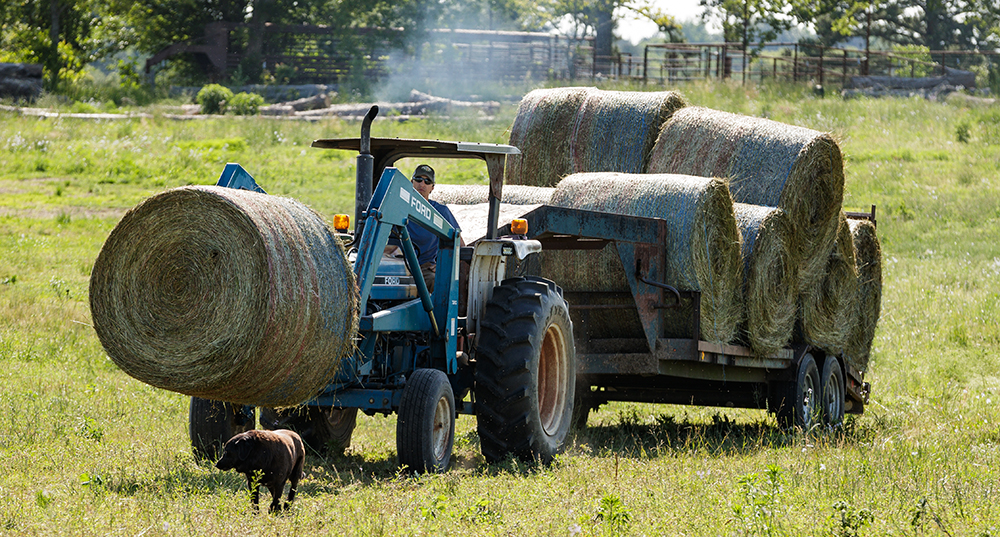
Planning and placing hay in advance
If you know that you’re going to be feeding hay based on your growing season, or you want to build up an area, or just because you know inclement weather’s going to get to you at some point, plan ahead and even place hay ahead of the winter feeding season. This is called “in-place” hay feeding. Don’t wait until the last minute to do it.
Once you’ve decided where you need and want to place hay, and you’ve either baled it at the optimal time during the growing season or acquired it, go ahead and set your feeding area up. Just know that you’re going to avoid using that area until the winter feeding season.
We oftentimes go ahead and space large round bales “in place,” typically 30 to 40 feet apart in a checkerboard manner on the target area, and then use temporary electric fences to allocate whatever hay that we want to utilize for a day or two of bale grazing at a time, when the time comes.
When applying “in-place” hay for bale grazing, you may consider using a lower-quality hay, because the hay serves three purposes:
- to provide rumen fill and some nutrition through selective consumption,
- to leave significant amount of litter to help build organic matter in the soil, and
- to concentrate livestock manure and urine deposits to build soil nutrients.
There are benefits to letting the cattle work through the bale to get what they want out of it, push it around, pull out the hay they don’t want to eat, and provide cover and nutrients to build up those areas.
If you’re feeding bales of higher quality (and higher value) hay, you probably want to feed it with a ring, so that you can be more efficient with it. There will be less hay material distributed across the soil surface, but “in-place” hay feeding with higher quality hay still serves to concentrate the manure and urine on targeted areas.
In northern and northwestern states where the climate is usually dry but with snow cover, windrow grazing is another type of in-place hay feeding. The last cutting of a hay field is cut and windrowed prior to winter and left on the field in windrows. Once the hay feeding season is upon you, allocate a portion of a windrow every day or two to the herd using temporary electric fences. Cattle work through the snow to consume the hay without having to move hay bales out to feed the cattle. The benefits are similar to in-place hay feeding, where some of the hay is left to provide additional organic matter to the soil surface. It concentrates cattle manure and urine to a hay field, returning nutrients to the soil where the hay was harvested.
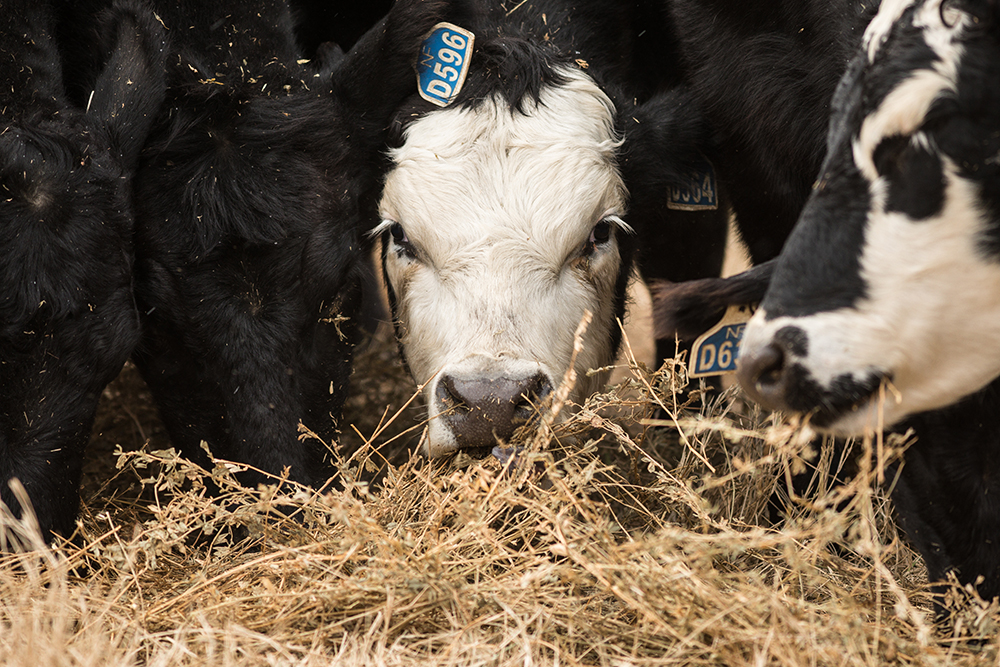
Benefits to the soil and future growing seasons
The benefit of bale grazing in the wintertime in multiple strategic locations is that we get the nutrients and organic matter from the hay; nutrients from the cattle manure and urine; some soil cover; and better water infiltration. Then, there is the benefit the next growing season to the plants that grow on, and the organisms that live in, the soil in the area where the hay was fed. However, if we feed in the same spot time and again, we end up with a buildup of nutrients that really don’t have an opportunity to begin cycling. Therefore, it is best to move the sites around and not use one area too often.
We want to try to be able to create that natural process where we have plants growing up through that material, and eventually have a functional ecosystem, all four processes working together: energy flow, water cycle, nutrient cycle and community dynamics. We would hope to see a lot of that material begin to break down to where it’s not so built up that plants can’t grow through it within that first growing season. But occasionally, it may take two good growing seasons before it decomposes enough to have additional forage production on those sites, especially those which are lacking in nutrients.
In areas where the ground is somewhat bare, the hoof action of the cattle as they bale graze helps stimulate ecosystem dynamics in the following year. The trampling incorporates whatever nutrients that have been deposited, breaking up the manure and incorporating the plant-based material that’s coming from the hay into the soil. That enables a lot more biotic activity with our soil microbes in the spring and stimulates new plant growth.
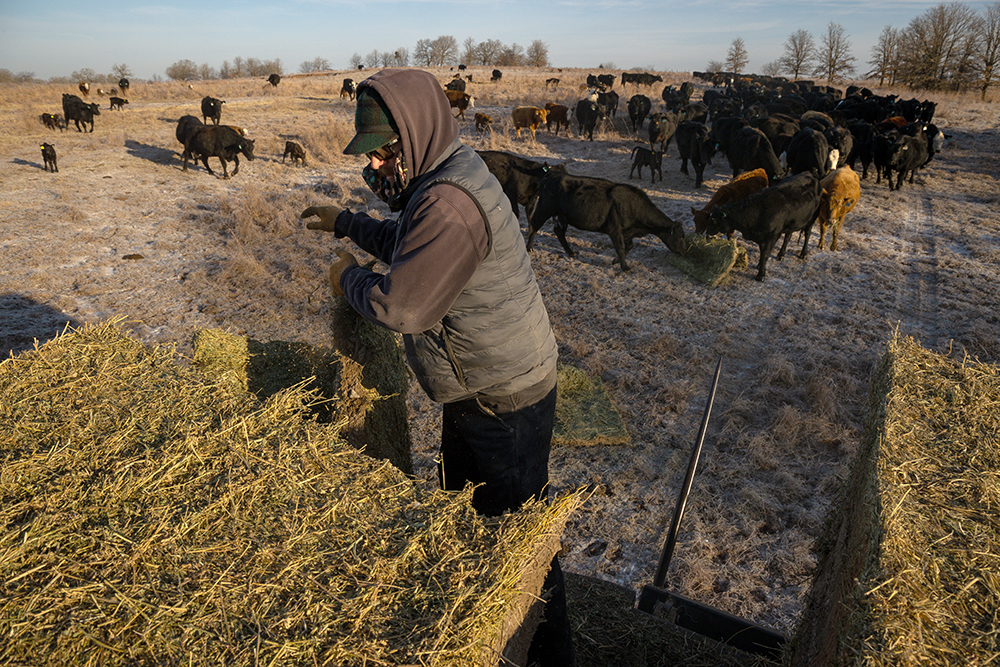
Things to watch out for
The most common pitfall to bale grazing is if we’re trying to use it as substitute feed to increase our carrying capacity, at an economic cost. Most of the time, feeding hay is going to cost money and time and effort, and when you add the equipment costs (maintenance, fuel, and depreciation) into it, it can be expensive. So, the ideal approach to bale grazing is to be very targeted and limited in duration.
The other thing to consider is that if you bale graze in an already fertile area, excess hay residue may slow the early growth of forage production in that area. But if the forage stand was thin anyway, when it does come in, it may take off in the last half of the growing season and produce more than it would have for the entire year if you hadn’t been bale grazing.
Another potential pitfall is the risk of introducing non-native grasses and other undesirable plants into your native pastures. If you are bale grazing in a native forage environment, it’s best to feed native-grass-type hay. If you’re not baling your own hay, try to source hay locally from a known supplier to the extent possible.
Overall, I would encourage doing the cost-benefit analysis to see if using bale grazing to improve the soil health and forage production in certain areas of your ranch makes sense for your operation. If you have some hay that matches your forage system, and you have a site that could use more organic matter and nutrients, why not give it a try?
For more information on managing forage in the winter, please see: Critical Management Strategies for Dormant Season Grazing During and Following Drought.
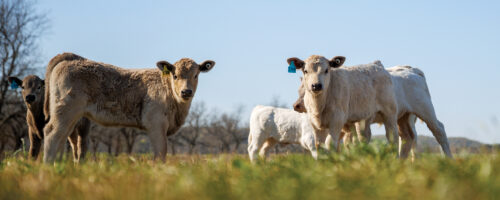
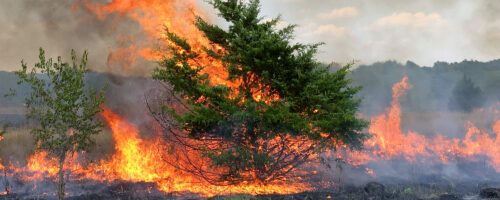
Comment
Leave a Reply
4 comment on: "How To Use Bale Grazing and Other Hay-Feeding Strategies To Build Soil Health and Improve Forage Production on Your Regenerative Ranch""
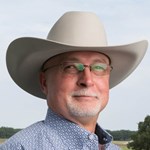
Myron Hartzell
November 29, 2023Thank you for sharing your regenerative information. My preference is still wintering on stockpile stripgrazing, especially in the fescue belt.. Since you mentioned windrow grazing, I was surprised not to mention unrolling bales. Allowing more cows access space as well as nutrient distribution are benefits. My favorite was to unroll a week or two of hay while I had the tractor out and day off. Then allocate with daily strip grazing. Fall calves will creep graze ahead by ducking under the polywire avoiding the trampling bale crowd and lay on hay that the cows will still clean up.
Hugh Aljoe
December 1, 2023Myron, you are correct about other topics that could be included in the article but we chose not to as the focus was intended to be “in place hay feeding”. Your points about unrolling hay to allow access are very valid though and could have been included. I also fully agree with the stockpiled forage grazing but I usually include that in winter grazing management and not hay feeding. You obviously have a great grasp of grazing and forage management and understand well how and when to apply the different tools of forage management. Thank you for the comment!
Austin Sexten
November 30, 2023I’ve been reading a lot about bale grazing in recent years. I wonder which is better, feeding whole bales and letting the cattle spread the nutrients by moving he feeding areas often, or unrolling bales allowing for the hay to be spread out more initially. Any research to back up one method over the other? Keep up he good work.
Hugh Aljoe
December 6, 2023Austin, I think the answer to your question depends on what you are trying to accomplish. I typically prefer to unrolling round bales or flaking off large squares so the cattle can make better use of the hay (temporary substitute feeding during inclement weather or as supplement feeding like alfalfa hay is used for) but that assumes that my focus is on efficient utilization of the hay in most situations when I am feeding quality hay. If my focus of hay feeding is to supply bedding for young calves and some substitute feed for cows, I would still unroll hay but use more of it but for short periods of poor weather. I would place it on fresh well drained areas. In both cases I assume the pasture or range is in good condition and I am not trying to “load” an area with manure and organic matter. I would feed on fresh areas daily. NOW if I am intentional about improving soil health of an area that is low in organic matter and soil fertility, then my focus is not on efficiently using the hay but it is on spreading nutrients and organic matter across the targeted area AND “loading” the manure and urine around the in-place hay that is not unrolled. The hay is not usually of high quality (fair to good quality) I as want more ‘waste’ of the hay to build up and cover the soil. I don’t have research at my fingertips to share but both methods are effective for the respective purpose. If I don’t unroll the hay, then I am feeding the hay to build up that 30-40 foot area around that hay bale accepting there will be lots of wasted hay. Because this can be expensive, I don’t want to rely on hay feeding for very long. Occasionally, one can find some cheap old hay that works well for in-place hay feeding but after coming out of a drought, there is not much of that available.